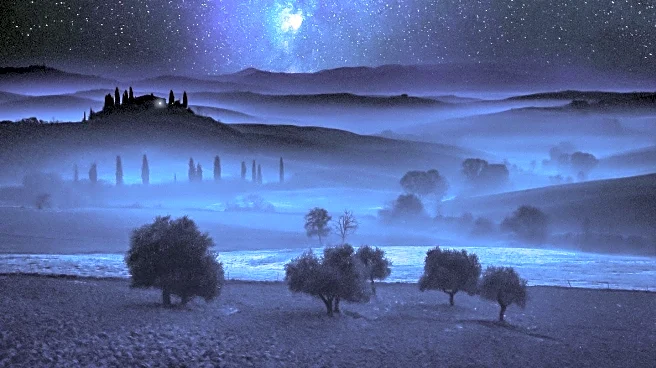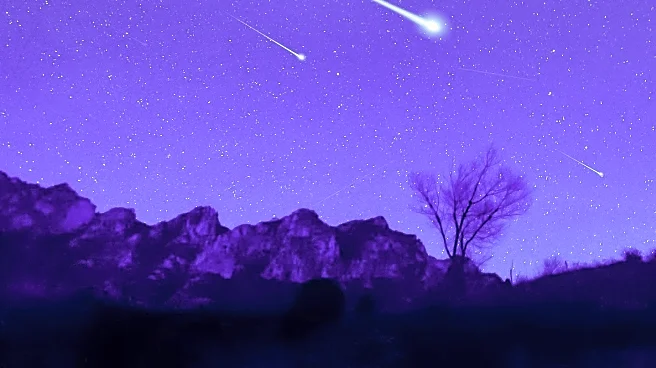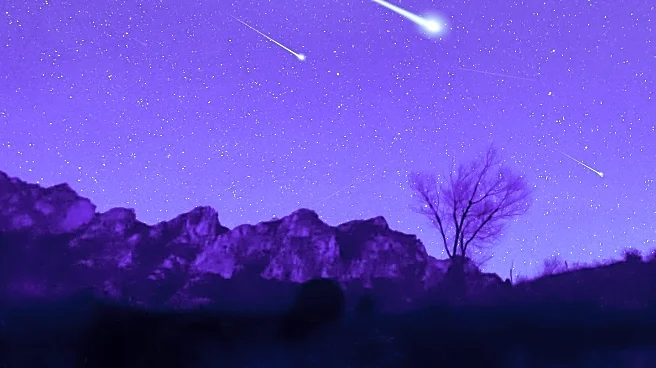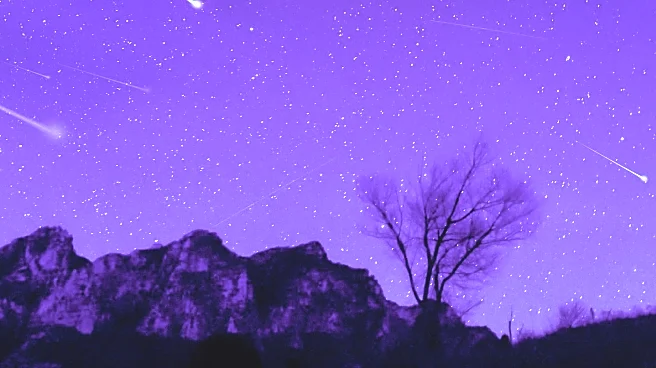Rapid Read • 8 min read
The Perseids meteor shower is set to peak on Tuesday night into Wednesday morning, offering a spectacular celestial display with up to 100 meteors visible per hour. This annual event, active since July 17, is regarded as the best meteor shower of the year by NASA. The meteors originate from comet 109/Swift-Tuttle, which crosses Earth's orbit annually. The shower is named after the constellation Perseus, from which the meteors appear to fall. Despite the presence of a waning gibbous moon, which may affect visibility, viewers in the Northern Hemisphere can still enjoy the show by finding dark areas away from city lights.
AD
The Perseids meteor shower is a significant astronomical event that draws interest from both amateur and professional astronomers. It provides an opportunity for educational engagement and public interest in space science. The visibility of up to 100 meteors per hour offers a unique chance for people to connect with the natural world and appreciate the dynamics of celestial bodies. This event also highlights the importance of preserving dark skies, free from light pollution, to enhance visibility and enjoyment of such natural phenomena.
As the Perseids meteor shower peaks, enthusiasts are encouraged to plan viewing sessions in areas with minimal light pollution. Organizations and astronomy clubs may host events to facilitate public viewing and education. The Global Meteor Network's meteor-tracking meter can assist viewers in determining the best times for observation. Following the peak, the shower will gradually diminish, but it remains a topic of interest for ongoing astronomical studies and public engagement.
The Perseids meteor shower underscores the broader cultural and scientific appreciation for astronomy. It serves as a reminder of the vastness of space and the intricate movements of celestial bodies. The event can inspire discussions on topics such as cometary science, the impact of light pollution, and the importance of preserving natural nightscapes. It also offers a moment of reflection on humanity's place within the universe.
AD
More Stories You Might Enjoy










